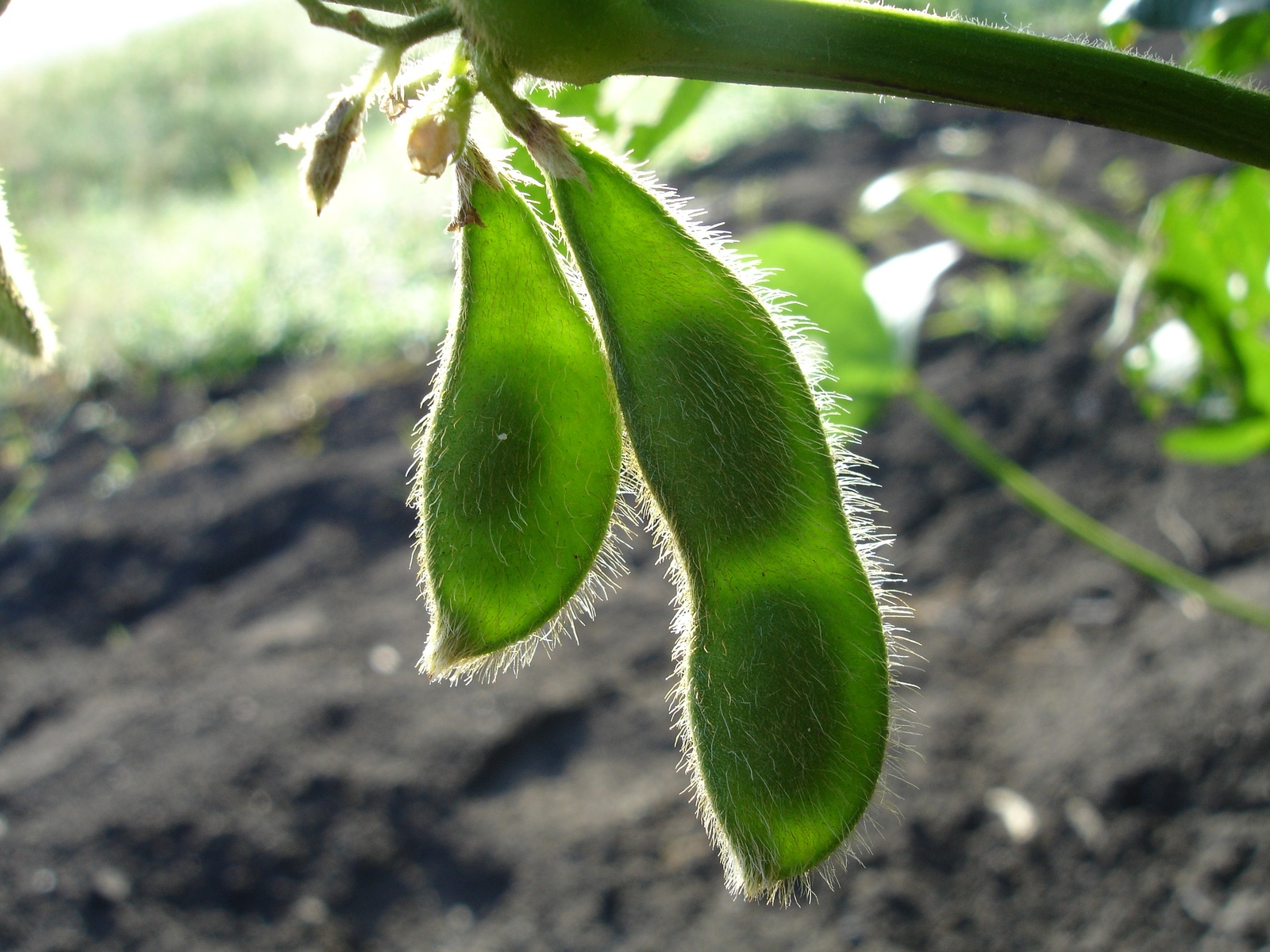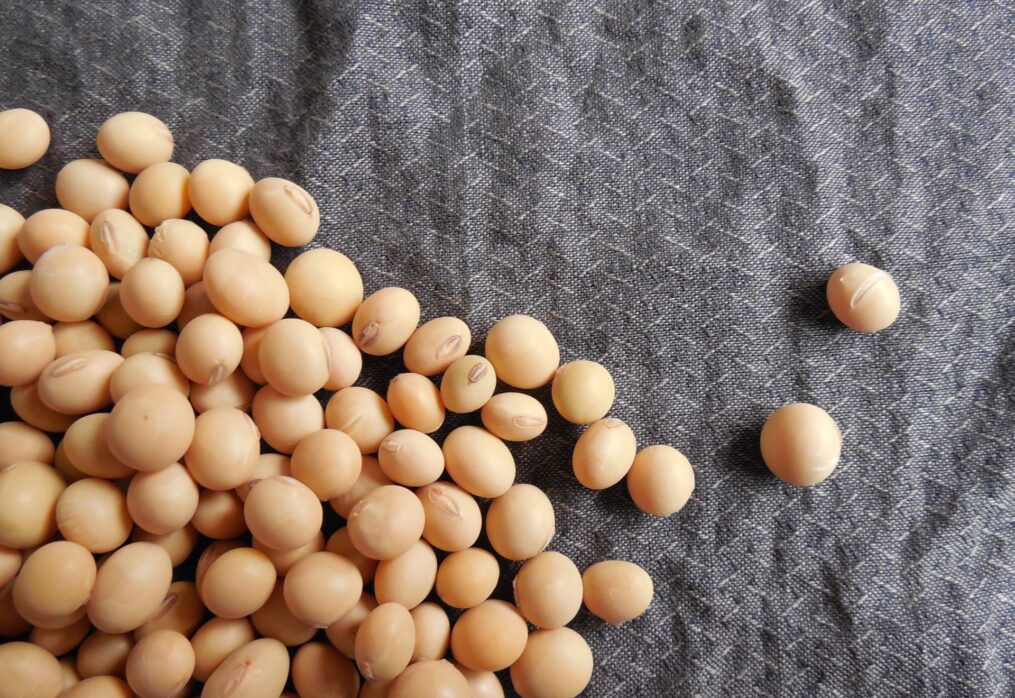Gross soybean harvest rises on higher bean prices
Gross yield of soybeans: an overview of the situation of different producers
This year, China plans to increase its gross yield of soybeans. This figure is expected to exceed last season’s values by 25.8% and reach 20.6 million tons. Expansion of production is planned due to an increase in cultivated areas by 16.7% from the level of 2021.
The expansion of areas under cultivation of oilseeds is part of China’s strategy to expand its production. According to it, the soybean crop should reach 23 million tons by 2025, which will reduce the country’s dependence on imports and improve food security.
If China manages to increase the production of oilseeds this season, then it can reduce imports to 95.07 million tons. Last marketing year, the country purchased 96.52 million tons of soybeans from foreign markets. It should be noted that in 2021 the supply of products was 3.8% less than in 2020. The reason was a decrease in demand from the livestock industry.
U.S. farmers are also increasing the acreage planted for soybeans. USDA experts estimate the harvest in the range of 122.5 million tons, which are grown on plots of 35.6 million hectares. In this case, the production volume per hectare will remain similar to the previous season. U.S. soybean exports are estimated at about 2.15 billion bushels, about 100 million bushels more than reported in the previous period. Most shipments will be in the early part of the marketing year. That said, the drought in South America will reduce exports in the fall, but the region will be able to compete decently with the U.S. for soybean sales.
U.S. soybean exports are estimated at about 2.15 billion bushels, about 100 million bushels more than reported in the previous period. Most shipments will be in the early part of the marketing year. That said, the drought in South America will reduce exports in the fall, but the region will be able to compete decently with the U.S. for soybean sales.
According to data from the USDA, oilseed processing in the country will reach a record 61.2 million tons. In this case, the main role will be played by the increased demand for soybean oil and meal on the domestic market.
Brazil is also expanding soybean production by increasing acreage. The country’s harvest is expected to reach 42.5 million hectares, compared to 40.7 million hectares harvested last year.
The main reason for the increase in oilseed production is an increase in demand for it on the world market. In addition, the value of soybeans is increasing and the exchange rate of the Brazilian currency to the dollar is extremely profitable. However, local farmers are concerned that the quality of the crop may be lower than expected because fertilizer supplies from a major exporter are limited.
The USDA predicts that Brazil’s soybean production for the current marketing year will be 139 million tons. Last season that figure was 124.8 million tons.
